The dawn of personal computing: IBM’s first computer glossary.
A computer GLOSSARY or, coming to terms with the data processing machine.
Out of stock
Description
A rare and very early visual on home computing, produced in a collaboration between the era’s most cutting-edge computer firm and its most iconic design duo. A keystone in any collection focusing on the history of personal computing.
This fantastic poster from the dawn of the digital age has so much going for it. In addition to encapsulating an era in which humanity was only just coming to grips with the idea of computers becoming omnipresent in our lives, this scarce poster provides us with the vernacular and vocabulary to begin comprehending this new industry.
With the increasing role played by computers in people’s daily lives, acquiring a basic understanding of how personal computing works was seen as necessary. The purpose of this poster is made quite explicit in this regard. Near the first imagery, immediately to the right of the title, it is explained that “One of the keys to understanding a new or special field is getting to know something of its mood – a particular flavor that’s often given by its jargon, its technical vocabulary… and its special words“.
This introduction is found in what is the first of many sets of images and text that this illustrated glossary provides its viewers. A small encircled number at the top of each frame informs readers of how the individual terms should be studied. In a stroke of genius, alphabetical order is abandoned in favor of a sequence of terms that form a pathway of understanding. Grasping each concept preconditions the reader to follow the next stage in the process, effectively building up a rudimentary relational knowledge of how computers work.
Why the first image, which explains the poster’s raison d’etre, is labeled 2 and not 1 is unclear to us. It nevertheless has little bearing on the progression of concepts on the level of understanding fostered by the poster. Each of the terms presented constitutes decisive steps toward home computing. One might argue that the poster had the desired effect since most of the terminology presented can seem relatively straightforward today. In 1968, however, this was not at all the case.
The terms covered by the glossary include well-established concepts such as a computer (3), software (4), language (7), or data processing (10). However, it also includes traits and features of computing that remain quite esoteric to most people in 2023. Examples of the latter include terms such as Boolean logic (8), Subroutines (5), and Nanoseconds (9). In between are concepts that we can relate to on a basic level but which seem to transcend common knowledge once set within the context of personal computing (e.g. data processing, information retrieval, simulations, pattern recognition, and algorithms).
Context is Everything
Our poster was originally designed by IBM; a global leader in the development of personal computing and one of the most iconic computer companies ever. In order to have the maximal impact, IBM hired an equally iconic design duo – Ray and Charles Eames – to assist them in developing a short film with the same purpose (and title) as this poster.
The original film, A Computer Glossary, was shown in the IBM Corporation’s pavilion at the 1968 World’s Fair in San Antonio, Texas. The film lasts only about eight minutes but is an absolute milestone that brought computers into our daily lives. Much of the poster’s text is adapted directly from this film, which like the poster, is filled with animations and visuals that help explain the technology behind computers.
This poster is pioneering because similar broadsides meant to break down home computing into more understandable components did not become prevalent until the late 1970s and early 1980s. Our sheet is more than a decade older – an eternity in the history of home computing – and shows us just how cutting-edge a firm IBM was at the time. Nevertheless, more than compiling and sharing this information with the public was needed. IBM understood that computers would be revolutionizing, and they wanted an equally revolutionary way of marketing them. In a stroke of genius, IBM realized the potential in coupling design and technology and approached Charles and Ray Eames to help them communicate their message. It was revolutionary and should be considered a further incentive for collectors to seek out and acquire this increasingly rare broadside.
To provide a little technological context to this poster’s creation, key components such as microchips and integrated circuit boards were only developed in the 1960s – so literally only a few years before the creation of the Eames/IBM film and this poster. The first microprocessor was only created in 1971, so a full three years after IBM found it necessary to begin educating the public about home computers.
The first real home computers – then known as micro-computers – would only come to market in 1975. Apple was not founded until 1976, and even IBM would only launch their first ‘Personal Computer’ (IBM 5150) on August 12th, 1981 – some thirteen years after they issued this poster and film.
To give readers a basic idea of what happened in computers in 1968, this was the year that Kubrick made his Space Odyssey 2001, which at the time was considered a visionary take on the future – partly due to the role played by computers in the film. In 1968, scientists and engineers at MIT launched the Apollo Guidance Computer (AGC), which was an absolute breakthrough from a design perspective. The AGC allowed the computers on the Apollo spacecraft to be reduced from the size of seven side-by-side refrigerators to a lean 70 lbs machine.
For those interested in more information on the history of personal computing, we recommend the ‘timeline’ feature on the excellent website computerhistory.org.
Summing up, we note that this incredible poster was produced at the very dawn of personal computing. It was not just cutting edge in the information it conveyed, but indeed in the very notion that such information needed to be conveyed in the first place. It was also the first time that computer firms saw the potential of design to appeal to a broader public – a trend that dominates the computer industry today.
Census
IBM published this rare and early poster in 1968 as an accompaniment to a short film entitled A Computer Glossary, designed and put together by Ray and Charles Eames. The film was one project in a series of Eames Office endeavors to promote the understanding of computers.
The OCLC lists no institutional copies of this poster, but the Library of Congress holds Ray and Charles Eames’s original design records, including notes on this film and poster (OCLC no. 40425524).
Cartographer(s):
Charles Ormand Eames Jr. was born in St. Louis in 1907. Bearnice Alexandra “Ray” Kaiser was born in Sacramento in 1912. From 1940, they worked together as designers.
I.B.M.Condition Description
Very good. Professionally backed with poster-linen.
References

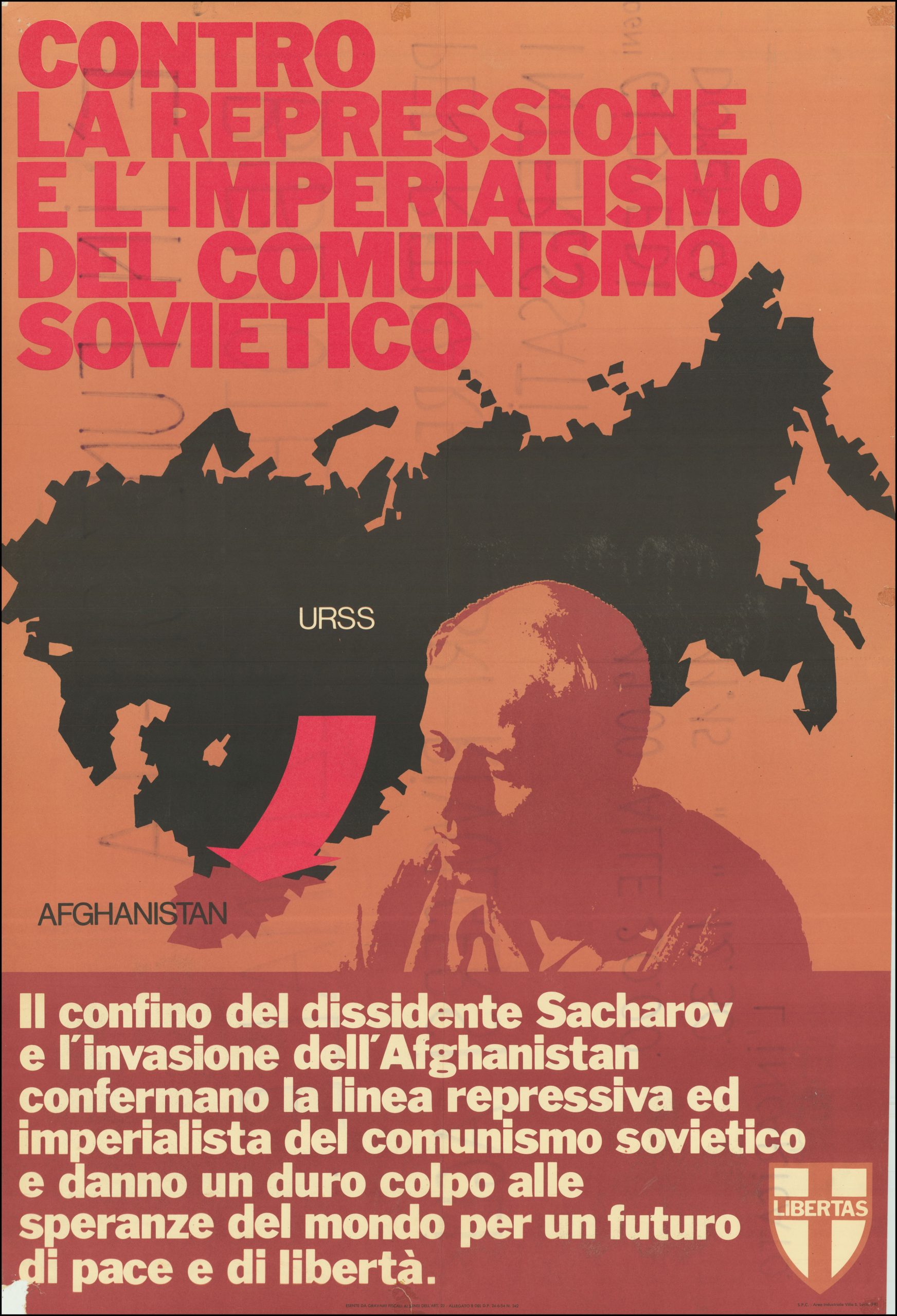
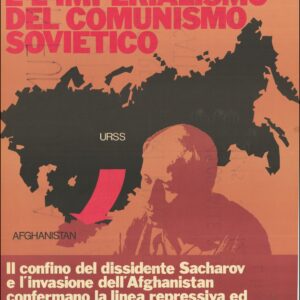
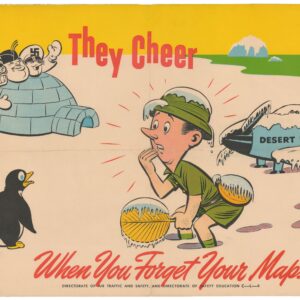
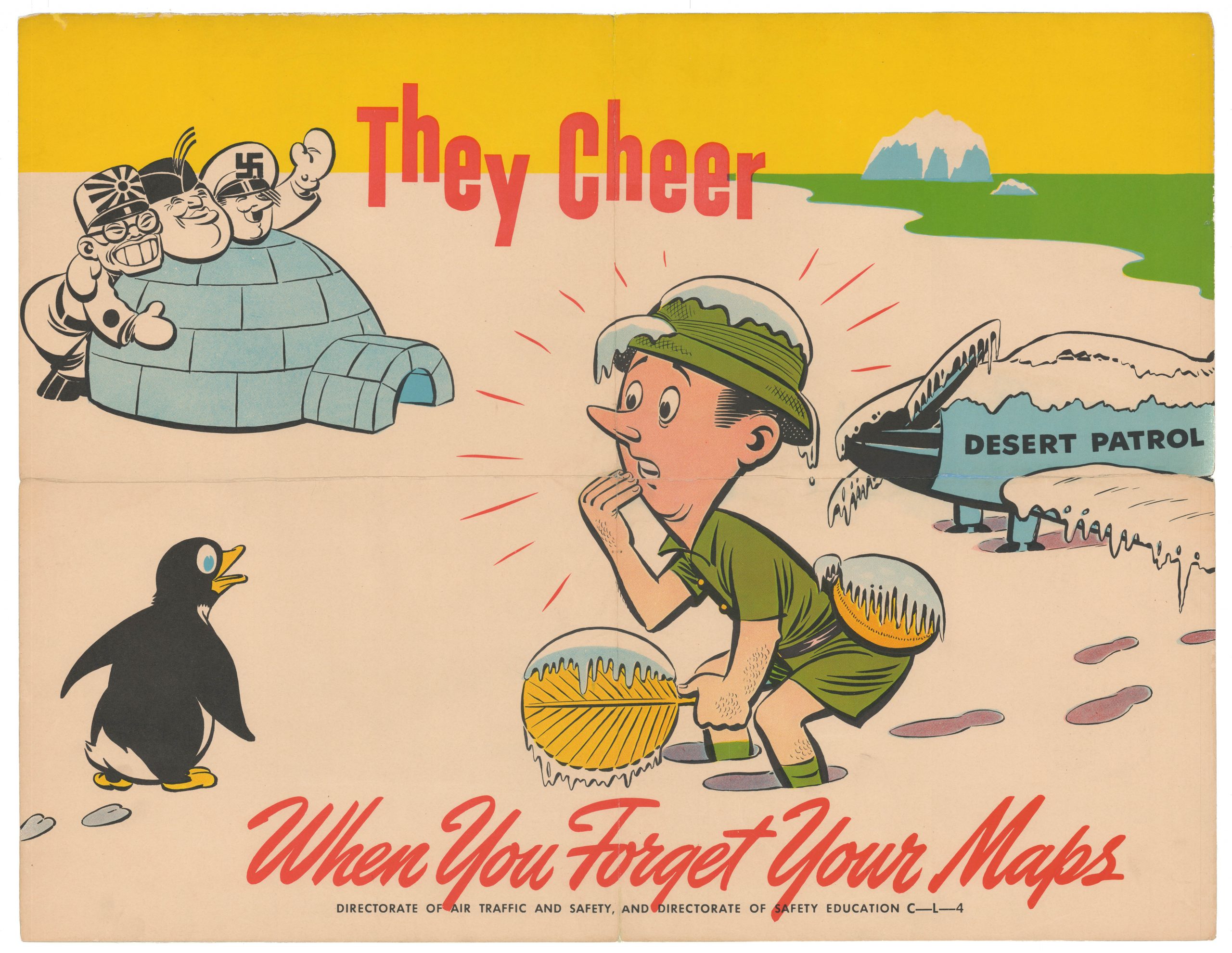
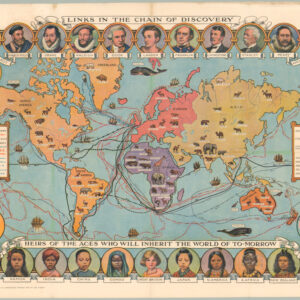

![[Title in Russian] Russian Empire in the 18th Century (European Section)](https://neatlinemaps.com/wp-content/uploads/2020/04/NL-00822_Thumbnail-300x300.jpg)
![[Title in Russian] Russian Empire in the 18th Century (European Section)](https://neatlinemaps.com/wp-content/uploads/2020/04/NL-00822-scaled.jpg)
![[Title in Russian] Russian Empire in the 18th Century (European Section)](https://neatlinemaps.com/wp-content/uploads/2020/04/NL-00822-scaled-300x300.jpg)